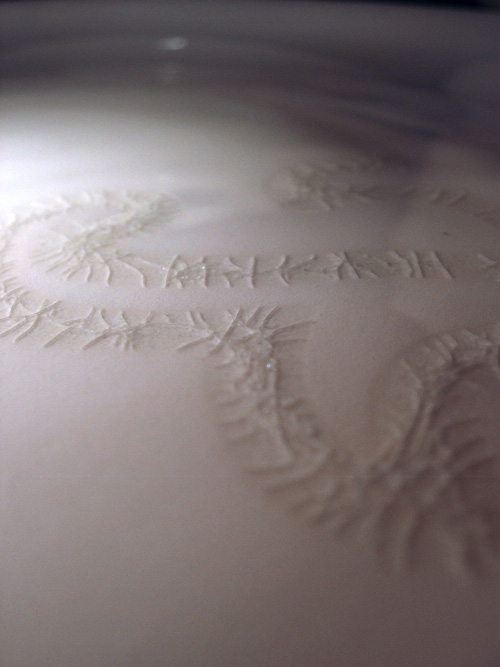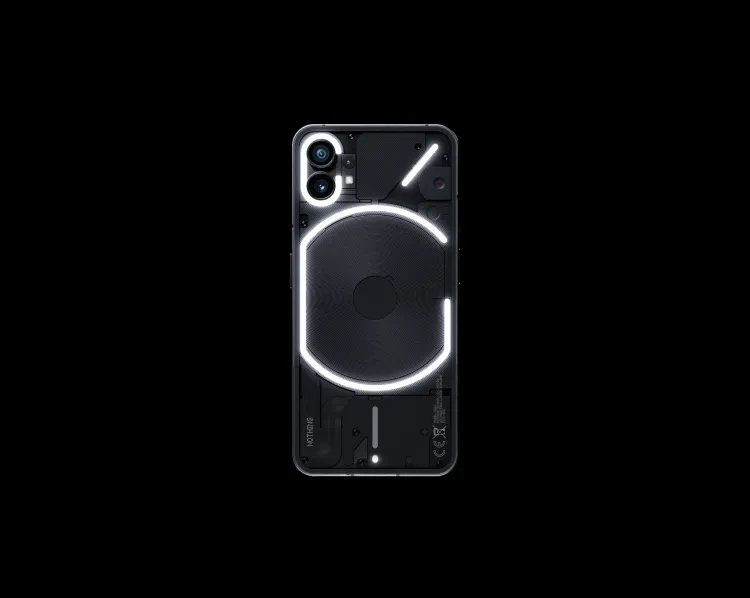Slow Design: Cultivating meaningful experiences in a fast-paced world

How can we design experience that allow people to engage fully and meaningfully with what they are doing: eliminating distractions, fostering deep concentration, and unlocking greater insights through the interaction.
The essence of Slow Design isn’t about how long something takes to make or do. Rather, it’s about expanding awareness, fostering accountability for our daily actions, and enriching experiences for individuals and communities. As SlowLab defines it:
“To promote slowness or what we call ‘Slow Design’ as a positive catalyst of individual, socio-cultural, and environmental well-being… Slowness doesn’t refer to how long it takes to make or do something. Rather, it describes an expanded state of awareness, accountability for daily actions, and the potential for a richer spectrum of experience for individuals and communities.”
The beauty of time unfolding in Design
I love the work of ceramic designer Simon Heijdens. His Broken White series consists of plain white dishes and cups that, over time, develop cracks in the glaze, revealing intricate floral patterns beneath. These designs aren’t meant to be consumed instantly: they evolve, grow, and deepen in meaning as they’re used.

This approach is a stark contrast to the hyper-efficiency mindset that dominates design today. We’re constantly refining experiences to be faster, smoother, and more seamless. We’re hell bent on removing friction at every turn. But in doing so, are we stripping experiences of their richness? Have we trained ourselves to consume and discard without reflection? Fast fashion, fast food, fast life.
It’s no surprise to me that practices like meditation and mindfulness are gaining traction. Many are realizing that our relentless pursuit of efficiency leaves us feeling fragmented and unfulfilled. We’re beginning to see that slowness isn’t a limitation, instead it’s an opportunity. An opportunity to savour, to appreciate, and for designers: to design with intention and respect for pace.
Rethinking the role of Design
So what does this mean for us as designers, particularly in the software industry? How might we apply Slow Design principles to create experiences that nourish, engage, and invite deeper participation? Instead of designing for speed, what if we designed for presence?
- Don’t rush me through checkout in two minutes. Help me pause and consider why I’m buying this and whether it truly serves me.
- Don’t give me an endless stream of breaking news. Curate three stories that will change the way I think and act.
- Don’t push productivity tools that let me cram more into my day. Show me how to use my time in a way that feels meaningful and enriching.
The 6 Principles of Slow Design
Slow Design is a framework for creating work that resonates deeply. Here are its six core principles:
1. Reveal– Highlight aspects of everyday life that are often overlooked, encouraging people to notice and appreciate their surroundings.
2. Expand – Consider an object or experience beyond its basic function—how might it evolve, adapt, or develop deeper meaning over time?
3. Reflect – Encourage contemplation and mindful consumption rather than instant gratification.
4. Engage – Foster collaboration, transparency, and open-source thinking, allowing designs to evolve through shared input.
5. Participate – Invite users to become active co-creators rather than passive consumers.
6. Evolve – Recognize that the best designs are not static but dynamic, growing richer with time and experience.
Designing for depth, not just efficiency
As designers, we shape the way people experience the world. The question is: are we helping them rush through it, or are we inviting them to slow down and truly engage?
We can challenge ourselves to apply these principles to our work, not just for aesthetics, but for greater meaning. We already know how to design design not just for usability and aesthetics, but less so for presence. Let’s create experiences that don’t just optimize time, but enrich it.
Because sometimes, the best way forward isn’t to move faster, it’s to slow down and go deeper.
Slow Design in the age of Generative AI
With the rise of Generative AI (GenAI), we face a new challenge: how do we balance automation and speed with meaningful engagement? AI tools can generate content, automate workflows, and accelerate creativity, but they can also overwhelm users with an abundance of instant output. How might we apply Slow Design principles to ensure AI serves us rather than dictates our pace?
- Curation over saturation – Instead of flooding users with infinite AI-generated options, can we design systems that encourage thoughtful selection and refinement?
- Depth over immediacy – AI can create at the speed of light, but should it? How might we introduce moments of reflection, iteration, and intentional engagement?
- Co-creation over automation – Can we shift AI from a replacement for human creativity to an augmentation of it, helping designers and creators explore ideas more deeply rather than simply producing more?
- Sustainable interaction – Rather than designing AI-driven experiences that push constant engagement, can we use AI to enhance meaningful, deliberate interactions?
Vamsi Batchu, in his article The Next Era of Design is Intent-Driven, talks about how adaptive interfaces are shifting the design landscape by focusing on user intent rather than just user actions. This approach aligns beautifully with Slow Design: both advocate for creating experiences that respond thoughtfully rather than react instantly. By blending intent-driven design with Slow Design principles, we can move beyond designing for pure efficiency and instead shape experiences that feel more personal, meaningful, and ultimately, more human.
As we integrate GenAI into our lives, we have an opportunity to challenge the assumption that faster is always better. By embracing Slow Design, we can ensure that AI complements human creativity rather than diminishing it, helping us design not just for efficiency, but for a richer, more intentional world.
Thanks for reading The Percolator! Subscribe for free to receive new posts and support my work.







